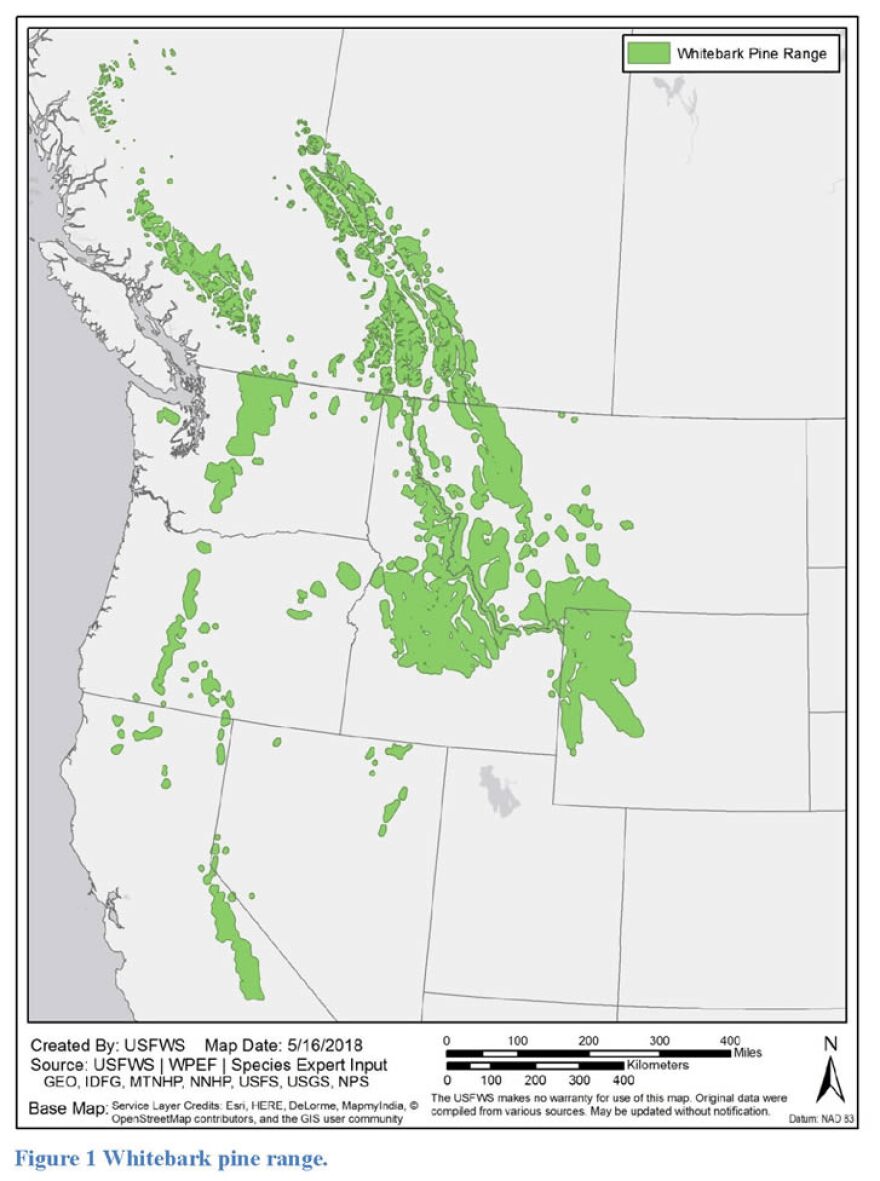The U.S. Fish and Wildlife Service announced today that it’s proposing federal protections for whitebark pine trees.
At least one environmental group argues the protections don’t go far enough.
After more than a decade of analysis, the Fish and Wildlife Service says the whitebark pine tree should be listed as "threatened" under the Endangered Species Act. The proposal will be published in the Federal Register December 02.
FWS says a “threatened” listing of a species means it could become at risk of extinction within the foreseeable future.
Seeds from the whitebark pine are an important food source for grizzly bears and other animal species. Whitebark pine stands across the U.S. and Canada have been decimated by a non-native fungus known as white pine blister rust. In its analysis, the Fish and Wildlife Service also said mountain pine beetles and climate change are impacting the species.
Wyoming Field Office Supervisor Tyler Abbott says the proposed protections will prevent the cutting or damaging of whitebark pine on federal land, but he says the proposed rule won’t designate critical habitat for the species, because the agency says it’s not habitat that’s threatened.
"There’s no management-oriented threats. There’s no human-induced threats that are leading to the listing of the species. These are biological factors that are not related to anthropogenic causes,” Abbot says.
But Mike Garrity with the Alliance for the Wild Rockies says designating critical habitat would bring more stringent standards for projects on federal land such as timber sales.
"With critical habitat [designation], it’s a much higher bar. They can’t do anything to adversely affect whitebark pine.”
Garrity says the decline of suitable whitebark habitat warrants the stronger protections.
There’s a 60-day public comment period on the proposed protections, which could be finalized in one year, at the earliest. That would require the Fish and Wildlife Service to develop a restoration plan for whitebark pine stands.
The Forest Service is also currently creating a separate restoration plan that could lay the framework for Fish and Wildlife’s efforts.


